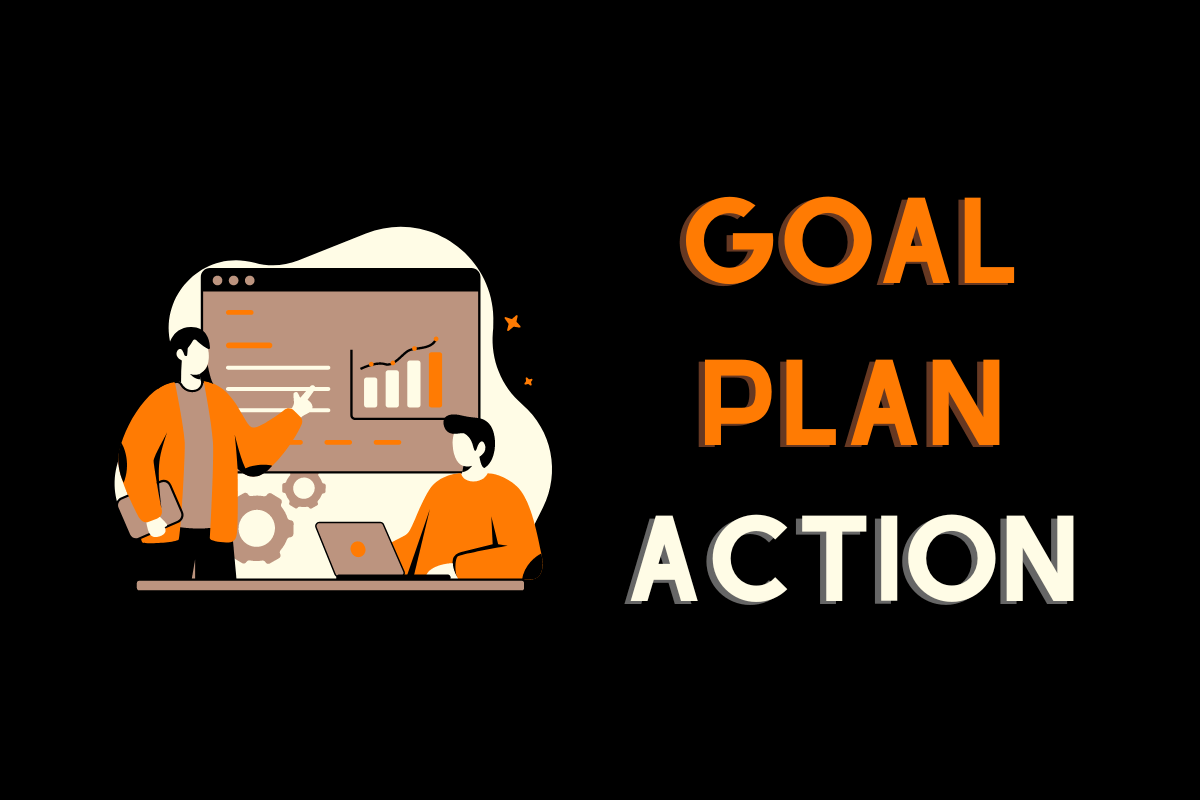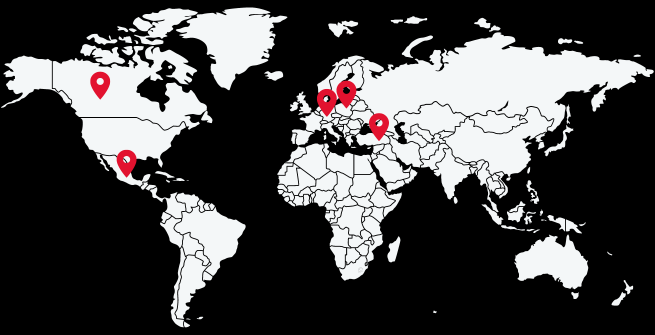Having goals, planning for them and taking the actions you have prescribed for yourself is an essential component for achieving success and personal growth in various aspects of life. Setting clear goals that focus on what you want to achieve, provides direction and motivation. Planning for them ensures a structured approach to actually taking the actions that will enable you to make progress on achieving meaningful objectives.
In other words: simply having goals is just not enough, but having an effective framework such as the Goals-Plans-Action Theory makes planning for and realizing your targets much easier.
The Goals-Plans-Action (GPA) Theory outlines the three key stages involved in achieving goals: setting clear goals, creating effective plans to achieve those goals, and taking appropriate actions to implement those plans.
This theory emphasizes the interconnectedness of these three components and highlights their importance in achieving success. Here’s a closer look at each component and the relevance of the GPA Theory:
Setting the right goals
Goals provide a meaningful, clear and specific target to work towards. Defining your goals serves as the foundation of achieving what you want as they provide the direction necessary for planning and action. Well-defined goals are specific, measurable, achievable, relevant, and time-bound (SMART), which makes them more actionable and attainable.
Your plan is your roadmap
Plans outline the strategies and steps needed to achieve your goals. They bridge the gap between setting a goal and taking action by breaking down the goal into smaller, manageable tasks. Effective planning involves considering potential obstacles, resources required, and a timeline for completion.
Having a well-structured plan increases the likelihood of successful goal attainment and reduces the chances of getting off track.
Action is the endgame
Taking action is the crucial step of turning plans into reality otherwise goals and plans remain mere concepts. Consistent and purposeful action is what propels you towards your desired outcome. But doing so requires dedication, discipline, and the ability to adapt as circumstances change.
How Goals-Plan-Action really works: Ready, set, go!
The GPA Theory highlights that setting goals and making plans are insufficient without the commitment to take consistent action. Yet in that same vein, the best way to take consistent action towards achieving what you want is setting reasonable goals and planning for them accordingly. Thus, Goals-Planning-Action are interdependent concepts that work together to facilitate making progress on the targets you choose for yourself.
The great thing is that once you understand how the method works, creating goals, planning and taking action to achieve them is a process that can be applied to most anything, such as professional objectives or project management, academic achievements, social connections or health and fitness aspirations.
Top tips on how to create goals, plan for them and take action
While the goal, plan and action process can be applied to anything and the sky really is the limit, at the same time however it is crucial for goals to not be too lofty and instead are both reasonable and trackable.
The SMART (specific, measurable, achievable, relevant, and time-bound) criteria serves as an excellent tool in defining achievable goals. Make your goals reasonable to achieve and be clear on the reasons behind them.
It’s important to ask yourself your “emotional why” as understanding how achieving the goal will satisfy you emotionally will provide an ideal source of motivation and inspiration to help you push on through when felt challenging.
To plan your goals properly it is essential to establish a realistic time slot in your day for taking action and a timeframe for which you plan to complete them.
In addition to scheduling your goals into your calendar, it is helpful to have a method in which to measure progress. Tools such as habit trackers or establishing mini milestones can go a long way in providing motivation. Keep in mind any potential obstacles and conceive of ways to avert or accommodate them during the planning phrase.
When it comes to taking action, let the popular slogan “Just do it!” be your mantra and begin, repeat and continue to show up for yourself.
While it may be challenging to start and for this reason it’s best to start small, trust me if you keep at it, not only will the process become easier and in time automatic, but it will most likely turn into something you will crave to do and will be disappointed when you don’t. Trust me, you will soon see just how motivating it can be to check off that box of achieving the act you planned for yourself.
If you ever miss an opportunity to do so, then don’t despair! Let your inaction lead to improved action by understanding what made you skip and conceiving of ways to alter that situation in the future. Use the opportunity as a learning lesson and do everything in your power to ensure that if you skip once, you don’t skip twice!
Example of an action plan to achieve goals
Let’s say you want to run a marathon in three months… An example of an action plan would be to start out small, by running for 15 minutes three times a week for the first two weeks and then bringing that time up to half an hour for the rest of the month. The next month’s action plan would then include increased time and frequency, perhaps bringing the scheduled run up to an hour’s duration five times a week and so on…
The Goal, Plan, Action Theory provides a structured approach to self-improvement, realizing targets and beating procrastination and self-sabotage.
By encouraging individuals to set clear life goals, create actionable plans for personal growth, and consistently work towards becoming the best version of themselves, the GPA Theory helps turn aspirations into reality. It emphasizes the importance of aligning goals, plans, and actions and underscores that each stage is essential for achieving success in various areas of life.



